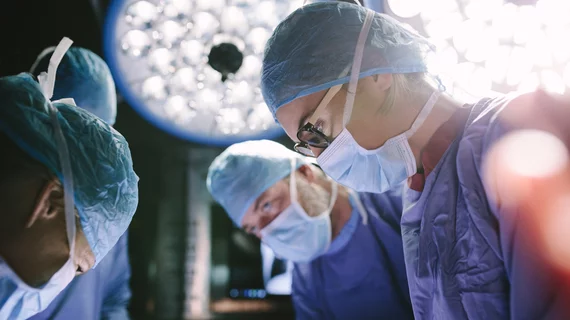When experience is critical: High-volume operators associated with better left main PCI outcomes
Unprotected left main stem percutaneous coronary interventions (uLMS-PCIs) are complex and still somewhat rare. When they do occur, according to new findings published in Circulation: Cardiovascular Interventions, cardiologists who perform a high volume of uLMS-PCIs are associated with a better patient outcome.
The authors assessed data from the British Cardiovascular Intervention Society’s national PCI database, focusing on uLMS-PCIs performed from 2012 to 2014. The study included 6,724 uLMS-PCIs, with operator volume ranging from one per year all the way to 54.
Overall, operators who performed at least 16 uLMS-PCIs per year were associated with improved survival. Older patients with comorbidities were often treated by operators who perform more procedures per year—those high-volume operators tended to use larger stents and use femoral access less frequently.
The authors noted that numerous studies have failed to find a consistent association between high operator volumes and PCI outcomes—but “the amount of myocardium in potential jeopardy during and following uLMS-PCI” and other technical challenges help explain why volume is more significant for these complex procedures.
“These data should encourage operators within PCI centers with sufficient uLMS-PCI volume to work in a collegiate fashion to subspecialize and identify uLMS-PCI operators,” wrote first author Tim Kinnaird, MD, department of cardiology at the University Hospital of Wales, and colleagues. “Indeed, many other specialties including orthopedic surgery and neurosurgery have successfully adopted this approach. In PCI centers without sufficient uLMS-PCI volume, these data should support a network or regional strategy with case referral between hospitals in an effort to improve patient outcomes.”

